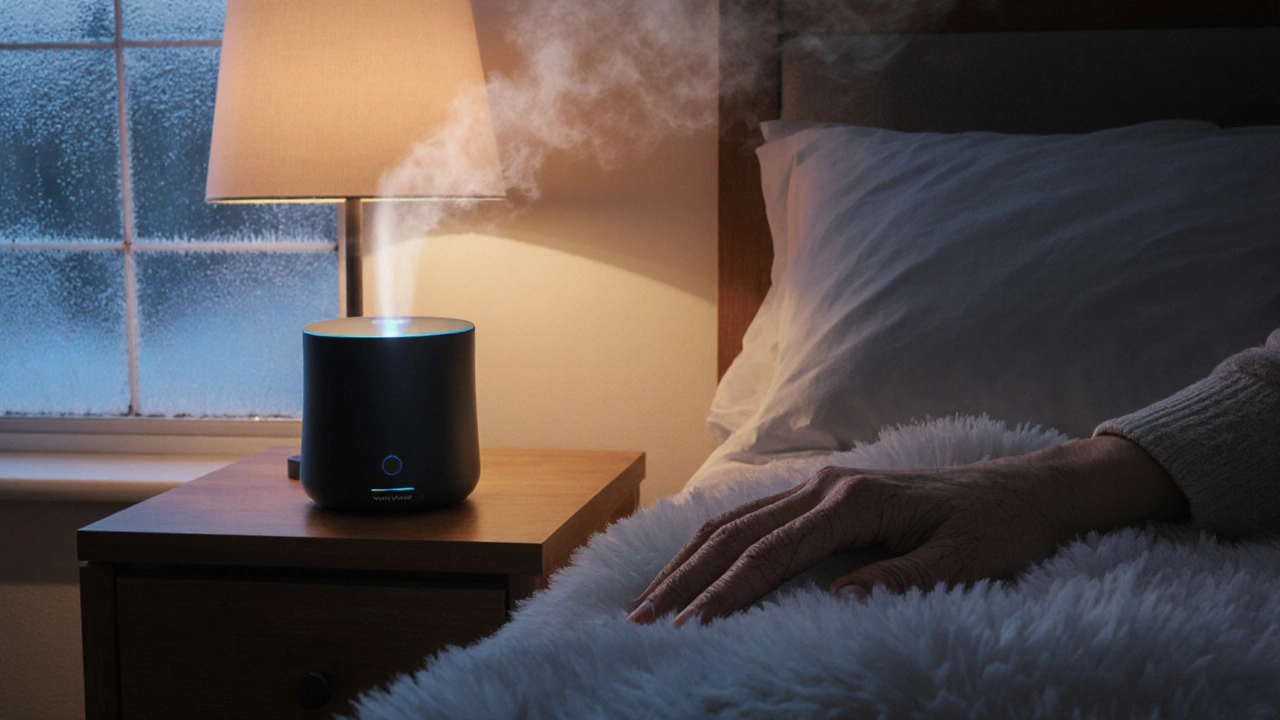Dry Skin: Understanding the Issue and How to Fix It
When dealing with dry skin, a condition where the skin lacks sufficient moisture, causing tightness, flaking, and irritation. Also known as xerosis, it often shows up after harsh weather, frequent washing, or certain meds. Recognizing the sign early helps you choose the right care before it turns into cracks or infections.
Key Factors Behind Dry Skin
The first thing to check is the skin barrier, the outermost layer that locks in water and keeps irritants out. When lipid levels drop or the barrier is broken, moisture evaporates fast, leaving the surface dry. A compromised barrier also makes the skin more vulnerable to microbes, which ties back to infection‑control tips you’ll find in our other articles.
Next up is a moisturizer, a product that combines occlusives, humectants, and emollients to restore hydration. Occlusives form a protective film, humectants pull water from the air, and emollients smooth the surface. Using a moisturizer right after a shower traps that fresh water, rebuilding the barrier and reducing the urge to scratch.
If you’re using a retinoid, a vitamin A‑derived skin treatment often prescribed for acne or aging, expect a short‑term dryness spike. Retinoids speed up cell turnover, which can strip natural oils. Pairing them with a gentle moisturizer and limiting nighttime use can keep the benefits while minimizing irritation.
Some over‑the‑counter antihistamines, like those featured in our Zyrtec and Xyzal guides, list dry skin as a common side effect. Antihistamines reduce histamine activity, which can also lower the skin’s natural oil production. If you notice extra flakiness after starting an antihistamine, consider adding a richer cream or switching to a non‑drying option if possible.
Putting it all together, tackling dry skin means protecting the barrier, choosing the right moisturizer, watching how prescription or OTC meds affect hydration, and staying aware of environmental triggers. Below you’ll find a curated set of articles that dive deeper into each of these points—from tretinoin comparisons to skin‑care strategies for preventing chafe and infection. Explore the collection to get actionable tips you can apply right now.

How a Humidifier Relieves Chapped Skin: Key Benefits Explained
- Oct, 5 2025
- Daniel Remedios
- 9 Comments
Discover how adding moisture to indoor air with a humidifier can soothe chapped skin, choose the right type, and avoid common pitfalls for lasting relief.
